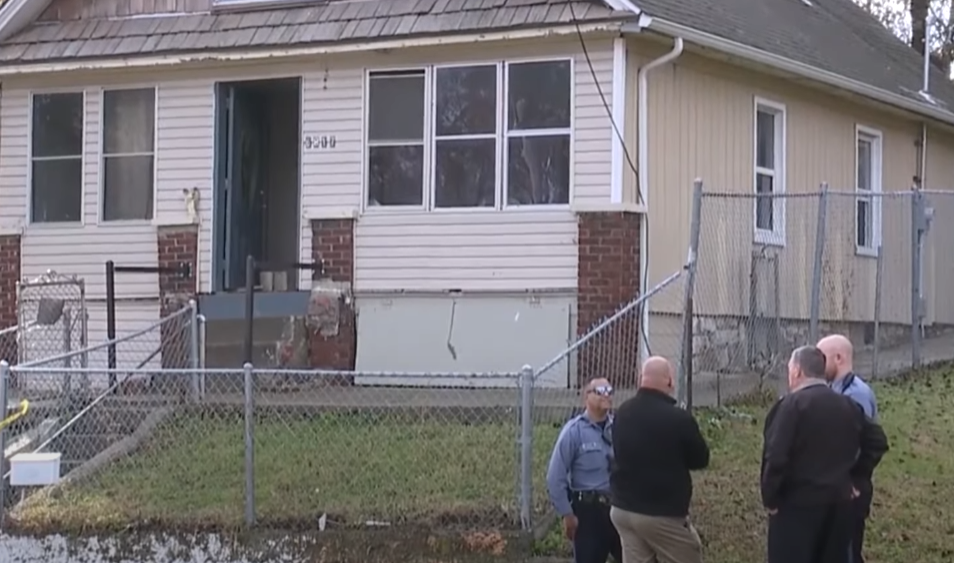A devastating incident unfolded in Kansas City early Saturday morning, resulting in the tragic deaths of three men and leaving another fighting for his life.
The Kansas City, Missouri, Fire Department responded to a distress call regarding suspected carbon monoxide at a residence in the 1000 block of Fuller Avenue around 6:50 am.
Upon arrival, fire crews were met with a haunting scene, discovering three deceased Hispanic men, aged between 20 and 40, at the site. Additionally, a man in his 30s was rushed to a nearby hospital in critical condition.
Preliminary reports indicate that a generator, operated indoors, is the suspected source of the lethal carbon monoxide poisoning, an insight shared by fire officials as highlighted.
Carbon monoxide, notorious for its ability to displace oxygen in the bloodstream, deprives vital organs like the heart and brain of oxygen, earning it the grim moniker of the silent killer. Its odorless and colorless nature makes detection challenging without proper alarms.
Kansas City Fire Department’s Warnings

This tragic incident echoes previous occurrences of carbon monoxide-related fatalities in the region. Only last month, two men and a teenage male lost their lives due to carbon monoxide poisoning from a gas-powered generator running indoors to power electronic devices, a grim reminder of the dangers posed by improper generator use.
The Kansas City Fire Department’s Michael Hopkins has issued warnings in the past regarding the risks connected to gas generators. Hopkins underlined, “Never operate them in your home, not in the garage, basement, anywhere.”
To prevent carbon monoxide buildup, Hopkins emphasized the importance of having adequate ventilation when utilizing such equipment outside. Over time, even a small gas leak might have deadly repercussions.
These devastating incidents serve as poignant reminders of the critical need for awareness and adherence to safety protocols when utilizing gas-powered appliances, emphasizing the potential dangers posed by carbon monoxide in homes and the imperative nature of preventive measures to avert further tragedies.


Comments are closed.